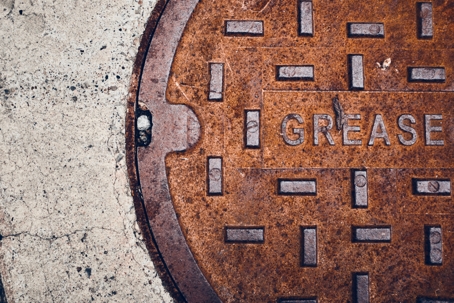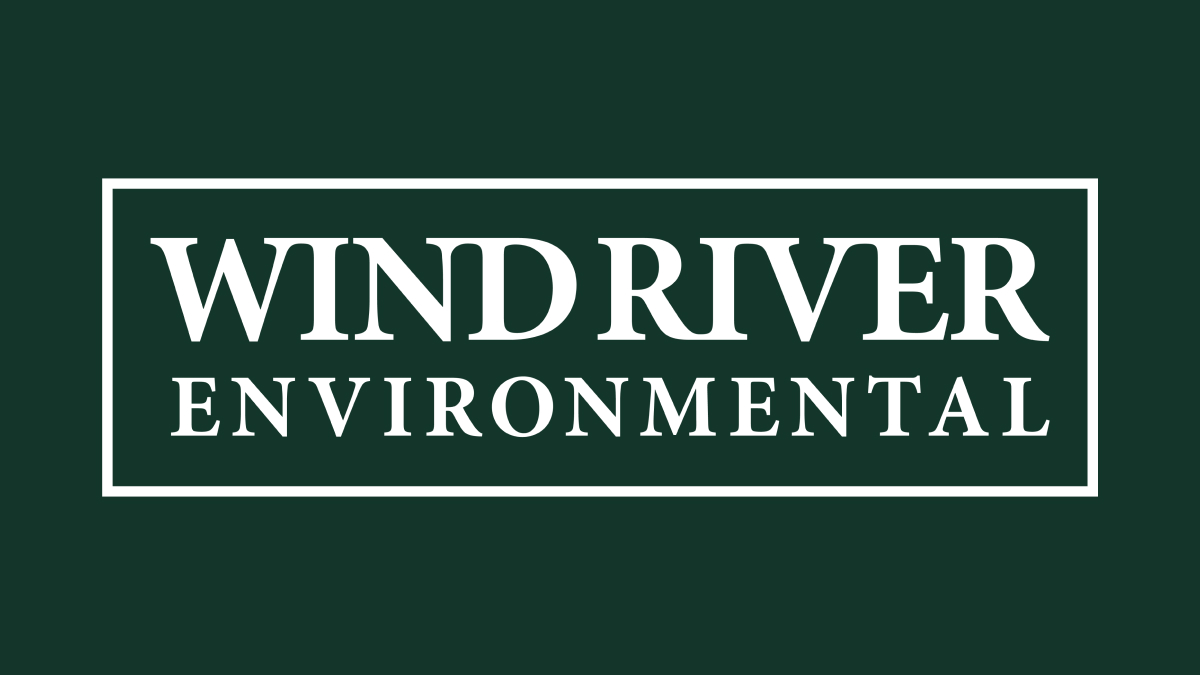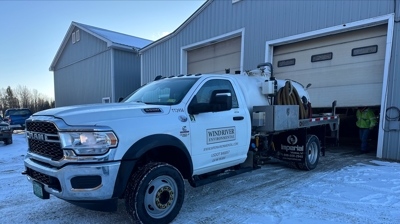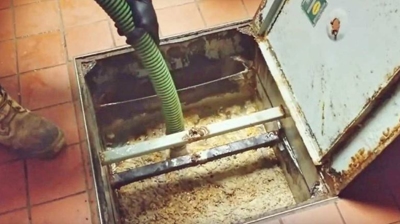Restaurant grease traps are imperative to the restaurant industry, so grease trap installation plays a huge role in a successful business. In addition to being regulated by your state or county, grease traps keep your restaurant running at maximum efficiency by protecting your pipes from grease buildup and blockages.
Having to shut down your restaurant due to grease issues is devastating. Depending on the extent of the blockage—and whether the grease is trapped in your pipes or the sewers—repairs are also expensive.
Here is what grease trap installation entails, and how to have it set up and maintained.
How Does a Restaurant Grease Trap Work?
Indoor grease traps help protect your restaurant’s pipes and the municipal sewer by separating fats, oils, and grease (FOG) from wastewater. Instead of sinks or dishwashers draining straight into the sewer, the liquid is rerouted through piping to the grease trap.
When greasy water enters the trap, it cools down, allowing the FOG to solidify and rise to the surface. The heavier solids sink to the bottom. From here, the remaining liquid then continues through piping into the sewer.
The trap's design prevents FOG from entering the main sewer system, where it could cause blockages.
Grease Trap Installation Explained
If your restaurant already has an existing setup, pipes will have to be rerouted to ensure that grease is trapped before making its way into the larger sewage system.
Outdoor grease traps are more complicated to install. They perform the same job as the indoor grease trap, but the grease separation is done after the liquid has left the restaurant. They filter out water from wash stations, sinks, and floor drains.
Outdoor grease trap installation entails digging through grass or concrete, after receiving permits to ensure everything is done correctly. Grease trap regulations vary from town to town, so it’s important to research and receive firm instructions on where the grease trap needs to be installed. Once the outdoor grease trap is installed, you need to connect it to the restaurants’ drains.
Grease Trap Installation Requirements
Grease trap installation is subject to local regulations, but general requirements include:
- Size: The trap must be appropriately sized to handle your kitchen's grease volume.
- Location: The trap should be easily accessible for cleaning and maintenance.
- Venting: Adequate ventilation is essential to prevent odors and ensure proper operation.
- Plumbing: Correct plumbing connections are crucial to prevent leaks and overflows.
- Permits: You might need permits from your local health department or plumbing authority.
It's crucial to consult with a professional plumber to ensure compliance with all regulations and proper installation.
Need Help Installing a Grease Trap?
Given the intensive work and permitting for outdoor grease traps, and the complexity of rerouting pipes in your kitchen, professional grease trap installation saves time and stress. Installing grease traps, repairing them, or performing any kind of maintenance requires certain equipment and expertise that is best left to professionals.
The technicians at Wind River Environmental are experienced and efficient when installing restaurant grease traps. Whether you need a brand new grease trap installed or need repairs, don’t hesitate to contact us.
If you have any inquiries about grease trap installation, call Wind River Environmental at (877) 560-9007.






